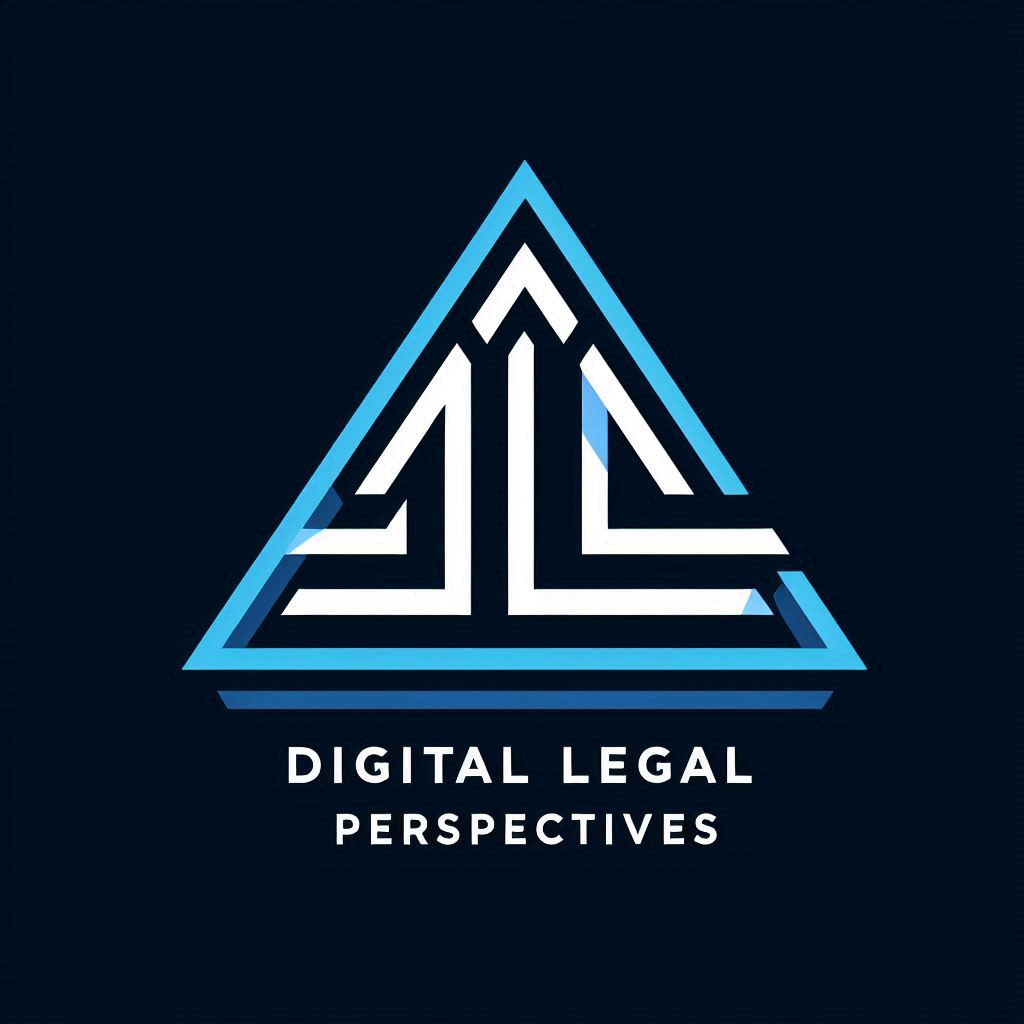Managing your own finances can feel like a daunting task, especially if you’re new to the world of banking. Understanding how to manage your bank account is a crucial step toward financial independence and stability. This guide will provide you with the knowledge you need to confidently manage your own bank accounts.
Introduction to Financial Freedom
Imagine being able to handle your money without stress, knowing exactly where your money is going and how much you have saved. Sounds great, right? Understanding bank accounts is your first step toward financial freedom. In this guide, you will learn:
- The basics of what a bank account is.
- The different types of bank accounts available to you.
- How to open a bank account.
- Important information about fees and interest rates.
- Tips for managing your account effectively.
- How technology can make banking easier and more secure.
Stay with us, and by the end of this guide, you’ll be equipped with the knowledge to manage your bank account like a pro.
What is a Bank Account?
A bank account is a financial account maintained by a bank or other financial institution for a customer. It allows you to deposit and withdraw money, pay bills, and keep your money safe.
When you open a bank account, you get a unique account number which helps you keep track of your transactions. Your bank account can be accessed using a debit card, checks, or online banking.
Having a bank account is essential for managing your money efficiently. It helps you keep track of your income and expenses, save for future goals, and avoid carrying large amounts of cash.
Types of Bank Accounts

Savings Accounts
Savings accounts are designed to help you save money over time. They usually offer interest on your deposits, which means your money can grow while it sits in the account. Savings accounts are ideal for long-term goals like buying a car or saving for a vacation.
Checking Accounts
Opening checking accounts like those in Salt Lake City are used for everyday transactions like paying bills, buying groceries, or withdrawing cash from an ATM. Unlike savings accounts, checking accounts usually don’t offer interest on your deposits, but they provide easy access to your money.
Other Types of Accounts
There are also other types of accounts like money market accounts, which offer higher interest rates but may require a higher minimum balance, and certificates of deposit (CDs), which lock your money in for a set period in exchange for a higher interest rate.
How to Open a Bank Account
Opening a bank account is a simple process, but it’s important to know what to expect. Here’s a step-by-step guide to help you get started:
Step 1: Choose the Right Bank
Research different banks and compare their account offerings. Look for banks that have low fees, good customer service, and convenient branch locations or online banking options.
Step 2: Gather Required Documents
When opening a bank account, you’ll need to provide identification documents such as a driver’s license or passport, proof of address, and your Social Security number.
Step 3: Fill Out the Application
You can usually fill out the application online or in person at a branch. Follow the instructions carefully and double-check all the information before submitting.
Step 4: Make an Initial Deposit
Most banks require an initial deposit to open an account. This can be done by transferring money from another account or depositing cash or a check.
Understanding Fees and Interest Rates
Bank Fees
Banks often charge fees for various services, such as maintaining your account, using ATMs, or overdrawing your account. It’s important to understand these fees so you can avoid unnecessary charges.
Interest Rates
Interest rates determine how much money you can earn on your savings account or how much you’ll pay on a loan or credit card. Higher interest rates on savings accounts mean more money for you, so look for banks that offer competitive rates.
Avoiding Fees
To avoid fees, always keep an eye on your account balance and understand the terms and conditions of your account. Some banks offer fee waivers if you maintain a certain balance or set up direct deposit.
Managing Your Bank Account
Budgeting
Creating a budget is crucial for managing your bank account effectively. Track your income and expenses, and allocate money for savings, bills, and discretionary spending. A budget helps you avoid overspending and ensures you have enough money for your financial goals.
Avoiding Overdrafts
An overdraft occurs when you spend more money than you have in your account. To avoid overdrafts:
- Monitor your account balance regularly.
- Set up alerts for low balances.
- Link your checking account to a savings account for overdraft protection.
Regular Reviews
Regularly reviewing your account statements helps you spot any unauthorized transactions and keeps you aware of your spending habits. Make it a habit to go through your statements at least once a month.
The Role of Technology in Banking
Online Banking
Online banking allows you to manage your account from anywhere using your computer or smartphone. You can check your balance, transfer money, pay bills, and even deposit checks without visiting a branch.
Mobile Banking
Mobile banking apps provide the convenience of banking on the go. With features like mobile check deposit and real-time transaction alerts, you can stay on top of your finances no matter where you are.
Security Features
Banks use advanced security measures to protect your account, such as encryption, multi-factor authentication, and fraud detection. Make sure to use strong passwords and enable security features on your online and mobile banking accounts.
Security and Protection
Safeguarding Your Information
Protecting your personal information is crucial for preventing fraud. Avoid sharing your account details with anyone and be cautious when using public Wi-Fi to access your bank account.
Recognizing Fraud
Be aware of common fraud schemes like phishing emails and identity theft. If you receive suspicious communication asking for your account information, contact your bank immediately.
Steps to Take if Fraud Occurs
If you suspect fraudulent activity on your account, report it to your bank right away. Most banks have 24/7 customer service to help you resolve any issues and protect your money.
Conclusion
Understanding how to manage your bank account is a critical skill for financial success. By choosing the right account, being aware of fees and interest rates, and leveraging technology, you can take control of your finances and work towards your financial goals.

Leave a Reply